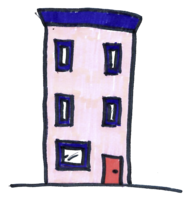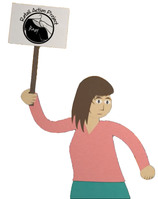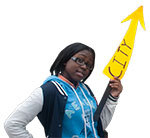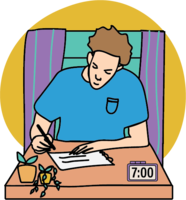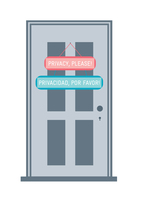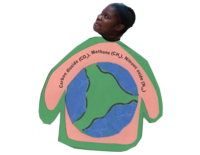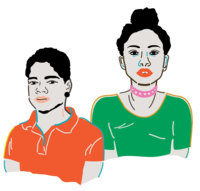2016
‘A punchy new guide from the Center for Urban Pedagogy shows architects how not to be Dicks’
The Architect’s Newspaper
July, 8, 2016
The Center for Urban Pedagogy (CUP) teamed up with the Equity Collective—Christine Gaspar, executive director of CUP; Theresa Hwang, founder and director of Department of Places; and Liz Ogbu, founder and principal of Studio O—and illustrator Ping Zhu to produce Dick & Rick: A Visual Primer for Social Impact Design, a gently didactic pictorial for architects on the dos and don’ts of community-engaged design.
As their names suggest, Dick is the Goofus to Rick’s Gallant. The 15-page spread walks readers through the design process in each architect’s respective office: In a stroll around the neighborhood, Rick spies a flier for a community meeting about parks, and wonders if he could lend his skills to the project. Dick reads a news piece about the same initiative and, pen aloft, offers help to “them.”
‘How East Harlem Wrote Its Own Development Plan’
Next City
June, 20, 2016
“We have a conversation about that, about the bad, the fears, some people bring up the potential benefits. In that Lincoln Houses workshop, and this has not been uncommon, I remember residents saying no, that means the neighborhood is going to change,” recalls Haftel, a former curator for the Chicago Architecture Foundation. Haftel had been looking for a way to merge her love of art and design with her interest in urban justice and housing issues when she met CUP’s director, who was in Chicago for a meeting with community groups about adapting the group’s affordable housing workshop for use in their city.
‘These Kits Beautifully Explain How City Sewers and Zoning Laws Work’
Smithsonian Mag
May, 19, 2016
Sometimes CUP’s projects are as simple as creating posters. In 2009, the nonprofit worked on a project called Vendor Power, creating a large graphic poster to distribute to street vendors across New York City. Street vendors, who earn an average of $14,000 a year, can easily fall afoul of the city’s complex system of vendor laws. Park too far from the curb and you could be looking at a $1,000 fine. Allow your jacket to cover your vendor’s license? That’s another $1,000 fine. The poster, which explains the laws using graphics and sparse, multilingual text, was aimed to help vendors avoid these violations. CUP distributed the poster free at various city events.
‘These Kits Beautifully Explain How City Sewers and Zoning Laws Work’
Smithsonian Magazine
May, 19, 2016
Be honest: how well do you understand zoning laws? Could you explain how your city’s sewage system works? Or what, exactly, rent stabilization involves?
Helping people—especially the disadvantaged—understand complex urban systems is the mission of the Center for Urban Pedagogy (CUP). The New York nonprofit knows that these topics are complicated and, frankly, sometimes boring.
‘Worker Co-Ops Explained in the Center for Urban Pedagogy’s Latest Project’
Impact Design Hub
May, 3, 2016
CUP created the bilingual fold-out to explain the logistics of worker co-ops, comparing co-ops to typical businesses, outlining how one can start or join a worker co-op, and illustrating the daily employment life of a worker-owner.
‘Episode 5: Williamsburg, What’s Good?’
WNYC
April, 6, 2016
While politicians and developers strategize how to control the changes in New York, we want find out what gentrification feels like on the ground. How does a tidal wave of money and fast-shifting demographics affect the people who share a neighborhood? What role does race play when it comes to deciding who is included in a community – and who is excluded?
‘Living the American Dream: An NSHSS Member’s Trip to the White House’
The National Society of High School Scholars
January, 13, 2016
When NSHSS member Shaffiou Assoumanou moved to the United States in 2013, he never dreamed that one day he would find himself in the White House accepting an award from First Lady Michelle Obama. Moving from Togo, a small country in West Africa, to the Bronx, NY, was a challenge for Shaffiou, not only because he had to adjust to a much colder climate, but also because he now found himself studying in a language he did not speak, English.
‘Pocket Guide Attempts to Increase Transparency in the Justice System’
Impact Design Hub
January, 7, 2016
The Center for Urban Pedagogy recently partnered with The Bronx Defenders and designers L + L to create Get It Back!, a pocket-guide for the recently arrested to retrieve their personal items upon release. The book illustrates the process, which is often convoluted and not intuitive, with straightforward instructions and a sleek design.


